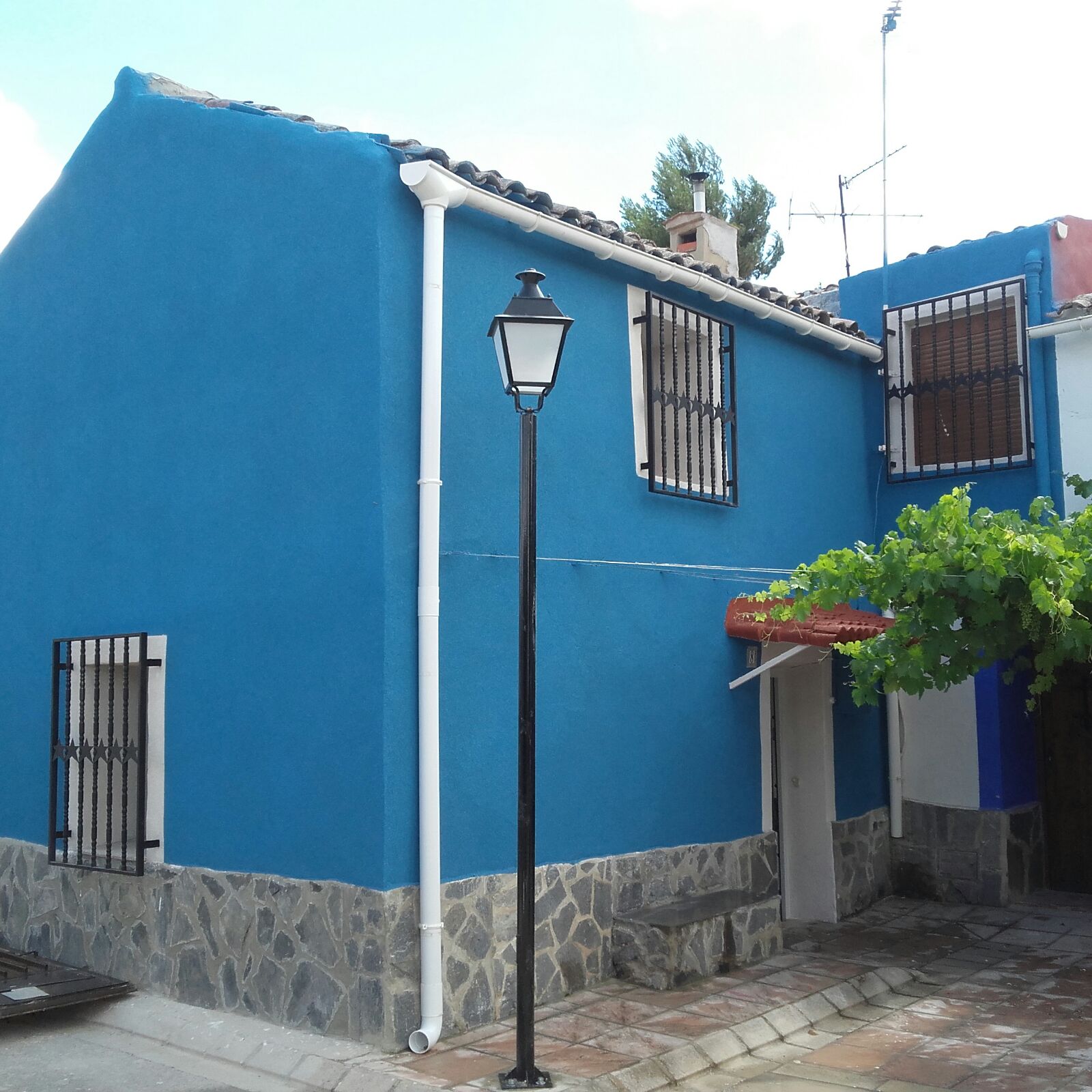Material Protection
The Darwinian compulsion to seek out protection is an integral part of our continued survival on this planet. As the most advanced species we have now dominated it for such a long time that our impact upon it leaves us facing self-inflicted threats and an unpredictable future.
Aside from the uncertainty caused by swelling political unrest, the well documented affects of climate change remains one of the biggest concerns for humanity. On the whole it is agreed that the evidence accumulated by the scientific community clearly shows that greenhouse gases created as a result of human activity are causing global temperatures to climb. However slowly this may seem, we now acknowledge that as they do, oceans warm, ice caps melt and sea levels rise. Whilst work is being done to reduce harmful emissions, lower carbon footprints and consider how we handle both our resources and waste, there are more immediate and discernable issues that affect day-to-day lives. Changes in weather patterns, including increased rainfall and mammoth heat waves are becoming far more extreme. As they form a more widespread threat, the materials we use to clothe us, as well as those used in our built environments, require new protective properties.
Topmix
With increased rainfall occurring around the globe it is little wonder that manufacturers are developing materials capable of withstanding the wettest of conditions. Presently, commuters tend to suffer when intense rainfall strikes, with roads regularly becoming waterlogged and often treacherous. This could all be a thing of the past in the very near future with the advent of Tarmac’s Topmix Permeable solution. The fast drying concrete is applied as a top layer on roads and due to its exceptionally porous yet durable structure it rapidly redirects storm water through it and off of the surface of the road. In protecting drivers from flooding this innovative water management solution also leads to a reduction to the long-term maintenance that would normally be required in sodden conditions, and with it, an economical saving is made.
Scholler
Responding to changes in outdoor conditions is something that Swiss brand Schoeller Textil AG has been doing for over a hundred years. Developing specialist fabrics is their niche and hydrophobic properties are high on their agenda. Many of the outdoor fabrics they produce already have some form of water resistance but they’ve also created a number of new finishes that exponentially increase the ability to repel liquids. Taking inspiration from the thin waxy layer of plant cuticles, Ecorepel Bio finishing technology produces a surface finish that water droplets and dirt simply run off of. Not only that, it is created from renewable natural resources, without the use of genetically modified plants, making it an environmentally friendly solution for keeping water at bay. Picking up on this trend, Canadian brand Labfresh have created their own formula that transforms regular cotton into stain repellent and anti-bacterial performance fabric. Having grown frustrated with the wasteful nature of ‘fast’ fashion the team set about creating their own supply chain, developed their unique eco-friendly treatment process and now make innovative, long-lasting everyday menswear.
Labfresh
The spaces in which we inhabit are in themselves a form of protection from the elements and as the world climate conditions change, so too must they. The buzz surrounding Graphene has been a loud one ever since its unparalleled discovery in 2004. The nano-material sourced from pure carbon is said to be the strongest known to science and has been utilised by Graphenstone to create paints, coatings and sealants. A traditional lime base is mixed with Graphene fibres, which act as a nano-mesh that supports the mix on a molecular level. The result is an interior and exterior coating with enhanced hardness, durability and tensile strength with the ability to transform buildings into environments capable of withstanding far greater extremes than ever before.
Exteriors painted with Graphenstone
Spanish manufacturer Decoproyec have created a protective material solution that can be applied to, and if necessary, completely encapsulate the inside and outside of buildings like a skin. Their unique granulated cork formula is applied using a projected spray, and the benefits are significant. As well as being waterproof and breathable, cork is also an excellent thermal insulator. The mixture is composed of environmentally friendly organic materials including reused scraps from wine bottle stopper manufacturing and a biodegradable resin. As well as this, the formula also includes Aerogel, a super lightweight substance that is normally used as insulation in artificial satellites because of its ability to perform in extreme conditions. Not only does it improve heat transfer but it also offers excellent fire resistance, making it somewhat of a super material when it comes to protecting our built environments.
Building transformed by Decoproyec
Equally, as parts of the world experience more intense and prolonged exposure to sunlight, solar shading within the built environment becomes essential in protecting inhabitants from the dangers of the sun. I-Mesh is engineered to offer a lightweight solution to solar radiation. The multi-axial and UV stable meshes are made from yarns that have been impregnated with resin prior to being woven. Much like a metal mesh they can be used as exterior facades that offer both shade and ventilation, but with the added benefits that they’re lighter, stronger and, unlike metal, do not conduct heat.
I-mesh
As we continue to develop new material solutions to defend ourselves on this planet, the growing research into transporting our species to other planets requires a whole new kind of material development. As numerous missions to Mars gain traction there are physiological strains to consider. SpaceX, a future-thinking project by Clement Balavoine’s addresses some of these issues, “Skeleton life in the microgravity environment of space brings many changes to the human body. The loss of bone and muscle mass, change in cardiac performance, variation in behavior, and body-wide alterations initiated by a changing nervous system are some of the most apparent and potentially detrimental effects of microgravity.” The inflight space suits are designed to support and energize bones. Combining a padded stretch fabric from Thermore with internal bone support structures, the exterior surface also has electroactive coatings that can be activated to stimulate the muscles within.
SpaceX suit construction
As we look to slow the effects of climate change we equally need to protect ourselves from the potentially harmful consequences we have already caused. Thankfully, there is work being done to do so – whether it be on this or our next planet.
This article was originally published by Mix Magazine.








